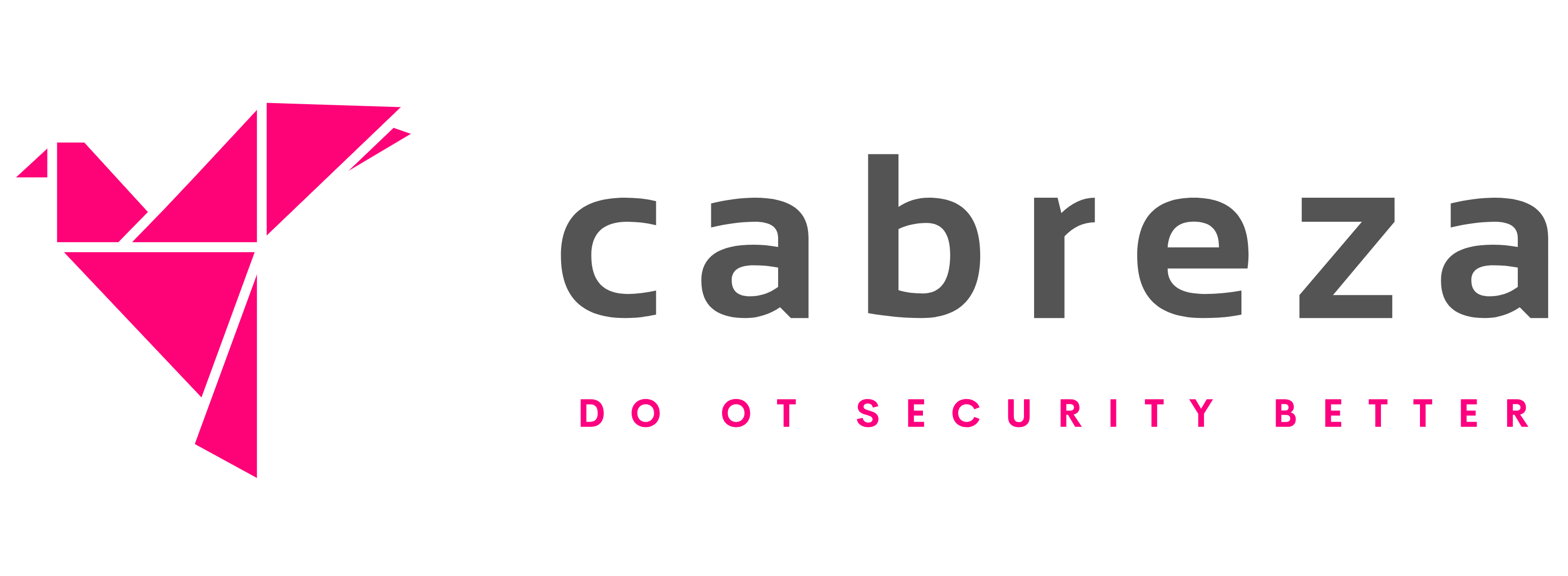
Food & Beverage



Food & Beverage
Food and beverage companies with operations in the US and/or EU face a distinct set of OT security challenges driven by the industry's focus on high-volume production, stringent health and safety standards, and increasing automation.
Facilities often operate 24/7 and depend on interconnected OT systems such as programmable logic controllers (PLCs), automated packaging lines, and temperature control systems to maintain efficiency, product quality, and regulatory compliance.
However, these systems are frequently built on legacy technologies with minimal built-in security, making them vulnerable to ransomware, supply chain attacks, and operational disruption.
Cyber incidents in this sector can lead to large-scale product spoilage, recalls, or shutdowns, directly impacting public health and brand reputation.
Regulatory frameworks such as the U.S. Food Safety Modernization Act (FSMA) and the EU’s General Food Law Regulation (EC No. 178/2002) intersect with cybersecurity mandates like the NIS2 Directive, placing additional pressure on organizations to ensure system integrity and traceability.
The reliance on third-party vendors and increasing use of Industrial IoT (IIoT) devices further expand the attack surface.
To address these challenges, food and beverage companies must implement a layered OT security strategy that includes network segmentation, access control, anomaly detection, and comprehensive incident response plans—all while preserving the operational tempo and ensuring compliance with both food safety and cybersecurity regulations.






